How to find out where roof is leaking from
What you need to know about common roof leaks
Roof leaks can be a nuisance, causing damage to your home and belongings if left unaddressed. In this guide, we’ll explore step by step methods to help you pinpoint the source of a roof leak and take appropriate action. Whether you’re a UK homeowner facing a leaky roof or simply curious about the process that a roofer would do, this guide will equip you with the knowledge you need to investigate yourself.
To effectively address roof leaks, it’s vital to grasp their underlying causes. These leaks can arise from many issues, such as damaged or missing shingles, worn out flashing, obstructed gutters, or incorrect installation. Pinpointing the exact source is key to executing lasting repairs.
Step 1: Conduct a Visual Inspection The first step in finding a roof leak is to visually inspect your roof for any obvious signs of damage or deterioration. Look for missing, cracked, or curled tiles, damaged flashing around roof vents and chimneys, and any areas where water may be pooling.
Step 2: Check the Attic / loft Next, head to your attic with a flashlight and look for signs of water intrusion or mould. Check the underside of the roof for water stains, green weeds or condensation, and any damp or wet insulation. These indicators can help narrow down the location of the leak quickly.
Step 3: Perform a Water Test If the source of the leak isn’t apparent from the visual inspection and attic assessment, you can conduct a water test. Get the help of a friend or family member to spray water onto specific areas of the roof while you monitor for signs of leakage from inside the attic or living spaces.
Step 4: Investigate Common Leak Areas Focus your attention on common leak prone areas such as valleys, roof edges, vents, chimneys, skylights, and flashing details. Inspect these areas carefully for signs of damage or deterioration that may be contributing to the leak.
Step 5: Consult a Professional If you’re unable to locate the source of the leak on your own or if the damage appears extensive, it’s advisable to seek the expertise of a professional roofing services company. A qualified roofer can conduct a thorough inspection, diagnose the issue accurately, and recommend the necessary repairs.
Conclusion: Locating a roof leak can be a challenging task, but with the right approach and guidance, it’s entirely manageable. By following the steps outlined in this guide and being diligent in your inspection efforts, you can identify the source of the leak and take proactive measures to address it promptly. Remember, if you’re located in Surrey and require assistance with your roof leak issues, Master Roofing UK is here to help. Contact us today for expert roofing solutions to your needs.
Common Questions and Answers
Common signs include water stains or damp patches on ceilings or walls, peeling paint or wallpaper, musty odours, and visible water dripping during rainfall.
Inspect the roof for cracked or broken tiles, missing mortar around ridge tiles, or damaged flashing. Look for water stains or dampness in the attic or ceiling below the affected area.
Signs may include ponding water, blistering or bubbling of roofing materials, or dampness around roof penetrations such as vents or skylights. Inspect the flat roof membrane for tears, punctures, or deteriorated seams.
Check for missing or damaged slates, cracked or shifted ridge tiles, or compromised flashing. Water stains or damp areas in the attic or upper floors can indicate the source of the leak.
Methods vary depending on the type of roof. Pitched roofs may require visual inspections of shingles, flashing, and roof penetrations, while flat roofs may need moisture testing or thermal imaging.
Damaged flashing around chimneys, vents, skylights, and roof valleys is a common source of leaks. Inspect flashing for signs of corrosion, gaps, or loose seals.
Signs may include sagging thatch, water stains on interior ceilings, or visible damage to the thatch material. It’s recommended to have thatched roofs inspected by experienced professionals.
While DIY methods such as hose testing or loft inspections can be helpful, hiring a professional waterproofing roof contractor is often recommended for accurate diagnosis and repairs.
Tools include a ladder for accessing the roof, a flashlight for inspecting dark areas, binoculars for observing roof details, and moisture meters or thermal cameras for detecting hidden moisture.
Act promptly to prevent further damage by contacting a reputable roofing contractor for a comprehensive inspection and repair assessment. Professional expertise ensures the issue is addressed effectively.

